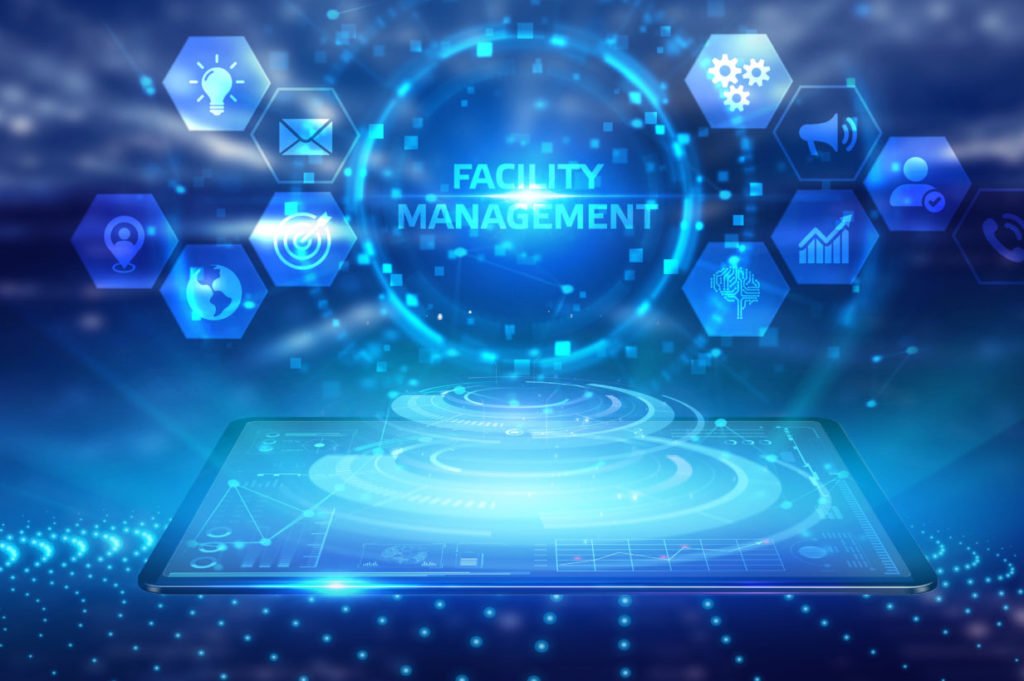Owning an office building isn’t as “posh” or “cushy” as most people think it is. Yes, it can generate insane cash flow, but it can also be a cash drain. You have to know what you’re doing. Profitability is not a given with an office building.
So, in this article, we’re going to cover some of the practical steps you can take to improve profitability.
The 2 Levers of Profitability
Forgive us if this sounds elementary, but it’s important to begin this discussion with a clear look at what drives profitability. More specifically, let’s make sure we understand the two levers that impact it.
If you want to improve profitability, there are two specific things you can do:
- Increase revenue
- Reduce expenses
Better yet, if you want to accelerate your profitability, you do both at the same time. So, that’s what we’re going to show you how to do.
Strategies for Increasing Revenue

- Improve tenant retention. Few things are more important than retaining long-term tenants who pay on time and treat your property well. On the contrary, high turnover can lead to long vacancy periods and lost rental income. To retain tenants, strive to offer excellent customer service, maintain open and regular communication, promptly address repair issues, and keep the building and its amenities well-maintained. Offering incentives for lease renewals can also help.
- Be more competitive with lease rates. On the surface, it might seem as if the key to increasing revenue is to raise lease rates. However, the opposite is often true. With so much available commercial square footage in most large cities these days, raising rates typically leads to losing tenants. It’s better to stay competitive (and possibly even a notch below your competitors) and enjoy higher occupancy. You can also be strategic with how you structure your lease agreements so that tenants are more likely to sign longer term agreements.
- Make smart upgrades. While competitive lease rates are one strategy, sometimes increasing rates makes a lot of sense. But you have to make sure the property is worth what you’re charging. One way to do this is by making smart upgrades to the property that people will pay a premium for. These are high ROI upgrades that make a big impact, but don’t cost too much on your end. For example, renovating the kitchen area for a more impressive breakroom, giving the building lobby some new furniture and perks, or adding a gym and weight room for tenants to enjoy.
- Diversify revenue streams. There’s more than one way to earn revenue. Yes, rent is going to comprise most of your cash flow, but have you considered offering other options? For example, premium parking, electric vehicle charging stations, shared conference rooms, in-house office cleaning, on-site dry cleaning, maintenance services, etc. The more you diversify your revenue streams, the more stable your cash flow will be on a monthly basis. It’s definitely something to think about and carefully consider as you optimize your balance sheet.
- Subdivide or combine spaces. Consider whether you could extract more value out of your commercial property by either dividing or combining spaces. For example, maybe you’re charging $3,000 per month for three spaces that are each 2,000 square feet. What if you divided those spaces up into six 1,000-square-foot properties that rent for $1,800 each? That would give you $10,800 in monthly income versus just $9,000 (a 20 percent boost). Or, it might make more sense to combine those three spaces into two 3,000-square-foot units that you can rent for $6,000 per month. It all depends on the market rate and demand in your area, but don’t be afraid to get creative!
Strategies for Reducing and Managing Costs

- Reduce operating expenses. There’s no excuse to not optimize your building for greater energy efficiency and, in the process, reduce your operating expenses. Whether it’s adding more energy-efficient lighting, installing automatic timers, or implementing a building-wide system that monitors and reduces energy around the clock, there are things you can do.
- Automate where possible. Modern commercial property management services can help streamline various operational tasks, resulting in cost savings. This can include automated billing systems, digital maintenance request tracking, and efficient space management tools. Make sure you find and partner with a good property manager and allow them to work their magic through automation and technology.
- Renegotiate service contracts. Are you locked into bad contracts with any service providers? This may include security, cleaning services, or waste management. Consider getting them on the phone and renegotiating your terms. Depending on your agreement, you may even have the leverage to seek out more competitive bids from other companies.
- Shop around insurance. When was the last time you thought about your building’s insurance policies? Regularly review your insurance policies to ensure you’re not over-insured or under-insured. Shop around, negotiate rates, and consider increasing your deductible to lower your premiums. Depending on how long it’s been since you’ve shopped around – or how high your premiums are – you could potentially save hundreds or even thousands of dollars per month with more competitive policies.
- Be proactive with repairs. Regular preventative maintenance can prevent minor issues from becoming major, expensive problems. This can include regular inspections of roofing, plumbing, and electrical systems, as well as promptly addressing any issues that arise. Create a regular maintenance schedule and detailed checklists for each area of the building. As a result, you’ll ensure that nothing is overlooked and that all parts of the building are well-maintained.

Improving the Bottom Line
If you focus on the strategies highlighted above (and nothing else), you will have success in improving profitability. But don’t stop there. Depending on the type of building you own and what you’re currently doing, there may be another 10 or 15 additional ways to improve your bottom line and get better results.
As a result, you’ll generate a higher ROI for the entire office building. But here’s the deal: it’s up to you to make it happen. Don’t just think about it – do it!




